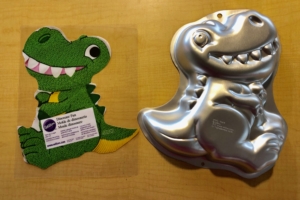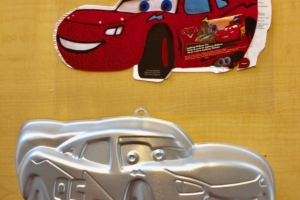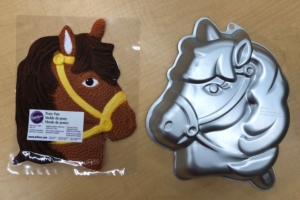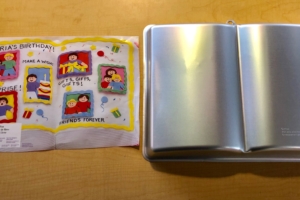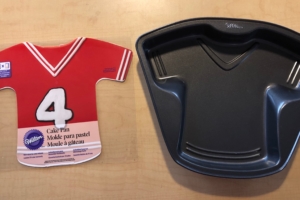 We welcome Lorett Treese on Sunday, February 12 to discuss her book, A Serpent’s Tale: Discovering America’s Ancient Mound Builders. Ms. Treese took some time to talk to us before her visit:
We welcome Lorett Treese on Sunday, February 12 to discuss her book, A Serpent’s Tale: Discovering America’s Ancient Mound Builders. Ms. Treese took some time to talk to us before her visit:
Briefly describe yourself and your topic:
For over twenty years, I worked as the college archivist for Bryn Mawr College, dealing with the documents relating to the operations and history of the college. I have also worked as a systems analyst and technical writer for the computer company formerly known as Shared Medical Systems. I earned my M.A. in American History from Villanova University, and while I was a student there I also worked as a guide at Winterthur Museum and Gardens and an intern in the Winterthur Manuscripts Collection. A Serpent’s Tale is my ninth book.
I will be discussing A Serpent’s Tale, which takes its title from its first chapter: a historiography of the Serpent Mound in Ohio. I call the Serpent Mound the poster child for the prehistoric Native American cultures known today as the Adena, Hopewell, and Fort Ancient cultures, once collectively known as Mound Builders. Their members built literally thousands of mounds and earthworks in the Midwest, primarily the Ohio River Valley, during the time period circa 800 BC to AD 1700. When Caucasians first arrived in this area a few years later, they found that it had ancient ruins, but no one around to explain them.
A Serpent’s Tale is not really a book about archaeology, but rather a historiography, or a book about all the people who asked and tried to answer questions about these ancient people and their artifacts, from the earliest traders and settlers to nineteenth-century antiquarians, to later scholars, and even today’s New Agers seeking ancient secrets.
My interest in the topic:
Back in the 1990s, my husband and I briefly resided in Warren County in southwestern Ohio. When I drove into Lebanon to go to the supermarket, I’d pass a sign pointing the way to a historic site called Fort Ancient. We find many places in the Midwest named Fort Something-or-Other, thanks to the eighteenth-century conflict with Native Americans that persisted before, during and after the American Revolution. When I finally visited Fort Ancient, I discovered that this earthwork had been constructed on its hilltop location over two thousand years earlier, and quite probably had never been a fort. In a way, I experienced the same amazement as those early settlers discovering the Mound Builder ruins. I decided to investigate and the result is this book.
Who has been inspirational in my life:
I cannot name one single person who has been my inspiration. My interest in the American past probably began when my parents took me to visit Williamsburg when I was in second grade. In high school, I vastly enjoyed novels written in the past, especially ones with female lead characters like Jane Eyre, Wuthering Heights, Pamela, Atlas Shrugged, and of course the Austen novels. When it comes to someone influential while I was writing A Serpent’s Tale, I am most grateful to my husband who never objected when I wanted to see one more museum or historic site, even if it happened to be a visitor center adjacent to a large mound of dirt. He even humored me one year when I suggested we spend some of our vacation time in Chillicothe.
What’s your favorite book?
I cannot name a single title. All my books have involved a lot or primary source research. In the case of A Serpent’s Tale, I was reading eighteenth and nineteenth-century documents, and twentieth-century scholarly articles. For my railroad-oriented books, I read a lot of board meeting minutes and business correspondence. So when I read for pleasure, I like something completely different. I admit I read a lot of thrillers and murder mysteries. Some of my favorite authors include Elizabeth George, Jeffrey Deaver, Randy Wayne White, John Sanford, and the team of Preston and Child. I also like mysteries set in the past, like the books written by Steven Saylor, Candace Robb, and Philip Kerr.

